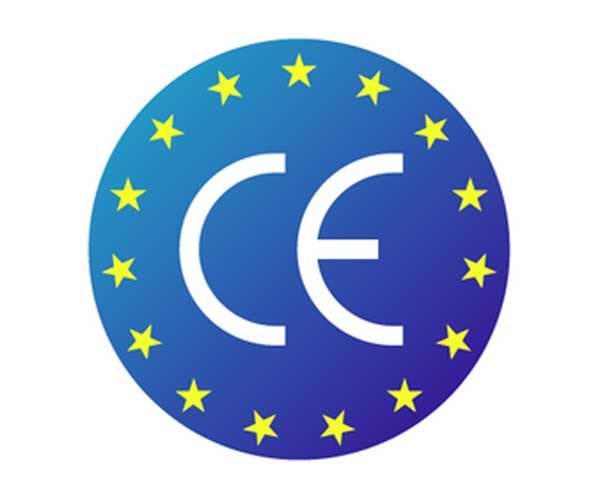
In the EU market, the "CE" mark is a mandatory certification mark. Whether it is a product produced by internal enterprises in the EU or products produced by other countries, in order to circulate freely in the EU market, it is necessary to add the "CE" mark to indicate that the product meets the basic requirements of the EU's "New Methods for Technical Coordination and Standardization" directive. Next, let's learn about the CE certification standards for cooling fans!
Necessity of CE certification for cooling fans:
A cooling fan, also known as a computer fan, is generally used for cooling components such as computer CPUs and graphics cards, and is provided for heat sinks and chassis use. The export of cooling fans to the EU market requires CE certification in order to be sold in the EU market and successfully cleared through customs. Cooling fans are commonly used small household appliance products, and when applying for CE certification, they need to be tested in accordance with the 2014/35/EU low-voltage LVD directive and the 2014/30/EU electromagnetic compatibility EMC directive.
CE certification standards for cooling fans:
1. CE-LVD testing standards:
EN60335-1:2012+A11:2014+A13:2017, EN60335-1:2012+A14:2019, EN60335-2-80:2003+A1:2004+A2:2009, EN62233:2008
2. CE-EMC testing standards:
EN55014-1:2017, EN55014-2:2015, EN61000-3-2:2014, EN61000-3-3:2013/A1:2019
CE certification test items for cooling fans:
CE-LVD testing items: withstand voltage (electrical strength) testing, insulation resistance testing, grounding resistance testing, leakage current testing, fire resistance and flame retardancy testing, mechanical structure testing, energy impact testing, etc;
CE-EMC testing items: Conducted disturbance, radiated disturbance, electrostatic discharge immunity, RF electromagnetic field radiation immunity, electrical fast transient pulse group immunity, surge (impact) immunity, RF field induced conduction immunity, power frequency magnetic field immunity, voltage sag, short-term interruption and voltage change immunity, harmonic current, voltage fluctuation and flicker.